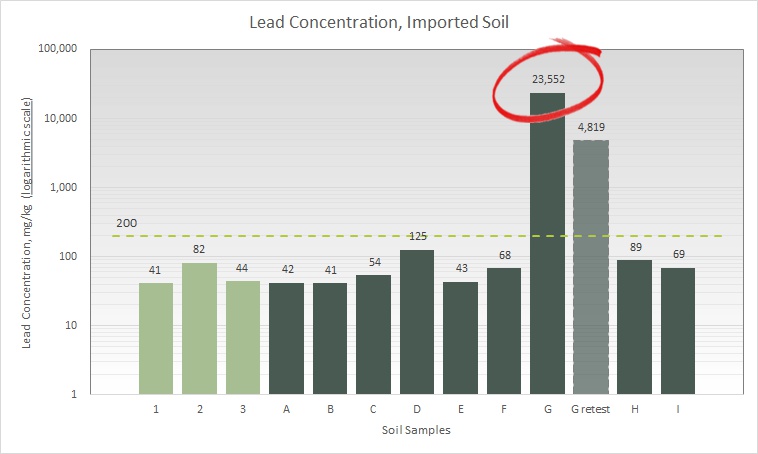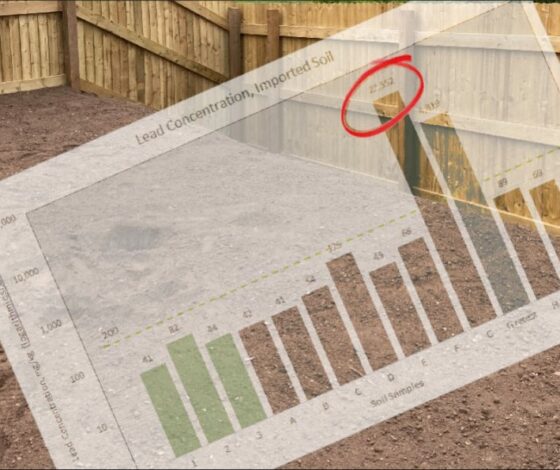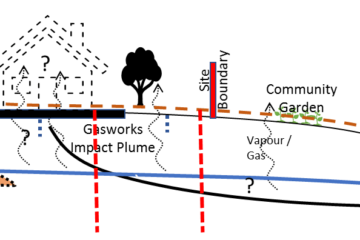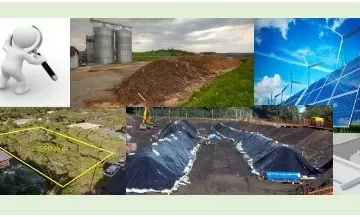We are sometimes asked why a Verification Statement is actually needed. After all, the Remediation Strategy states what will be happening on the site – surely that’s enough?
In fact, the Remediation Strategy states what is intended, or should happen to remediate a site. Inevitably, things rarely go fully to plan and pragmatic changes need to be made and approaches altered. It is the purpose of the Verification Statement to record such changes, but also check that intended actions did actually happen, and to the intended specification.
The Verification Statement should provide confidence to involved parties (for example the site owner, future purchasers, regulators, investors, insurers etc) now and in the future that remediation works at a site were undertaken to an appropriate standard.
Soilutions had been assisting a housing developer construct residential properties in the Midlands, having undertaken a Phase 2 Site Investigation and authored the subsequent Remediation Strategy. When the site was being remediated and houses constructed, Soilutions gathered data for the Verification Statement including inspections of gas membranes and geotextile barriers, checks on the thicknesses of soil cover systems and the quality of imported soils in comparison to agreed permissible levels for a number of chemicals/elements.
The latter demonstrated the need for documented verification. Lead concentrations in soil were required to be below an assessment criteria of 200mg/kg (based on the Defra Category 4 Screening Level, C4SL). All lead testing results from a UKAS accredited laboratory are presented in the following graph (note that the concentration axis uses a logarithmic scale to accommodate the frankly huge range of values):

Soils were tested before we began importing them to the site (samples 1, 2 and 3) and passed all relevant criteria, including lead. Material was imported to the site and laid in accordance with the Remediation Strategy with periodic quality soil samples collected (samples A to I). When reviewing the quality sample results it was apparent that an elevated result for lead (sample G) was significantly above the specific criteria (an eye-watering 23,552mg/kg compared to our criteria of 200mg/kg – 117x or 2 orders of magnitude!!). Soilutions contacted the laboratory who confirmed no errors in reporting (such as units or sample ID). The sample was subsequently retested at the laboratory and the elevated result confirmed, albeit at a lower concentration – this emphasises the imprecise nature of trying to determine a representative sample for environmental assessment purposes, but we digress!
The unsuitable soils were removed from the site and replaced with materials which testing indicated was suitable for use.
Even though the soils were independently tested prior to purchase/import and were from a reputable producer/supplier operating under a Quality Management system, problems occur and “things happen”. The Verification Statement should provide comfort to stakeholders that such “things” have been caught and dealt with accordingly.
2021
Soil remediation guide
Approaching soil remediation without any prior knowledge can be difficult and uncomfortable at times, especially when it can potentially be very costly. This free eBook will help you understand the whats, the whys and the hows of soil remediation in the simplest terms.






Leave a Reply